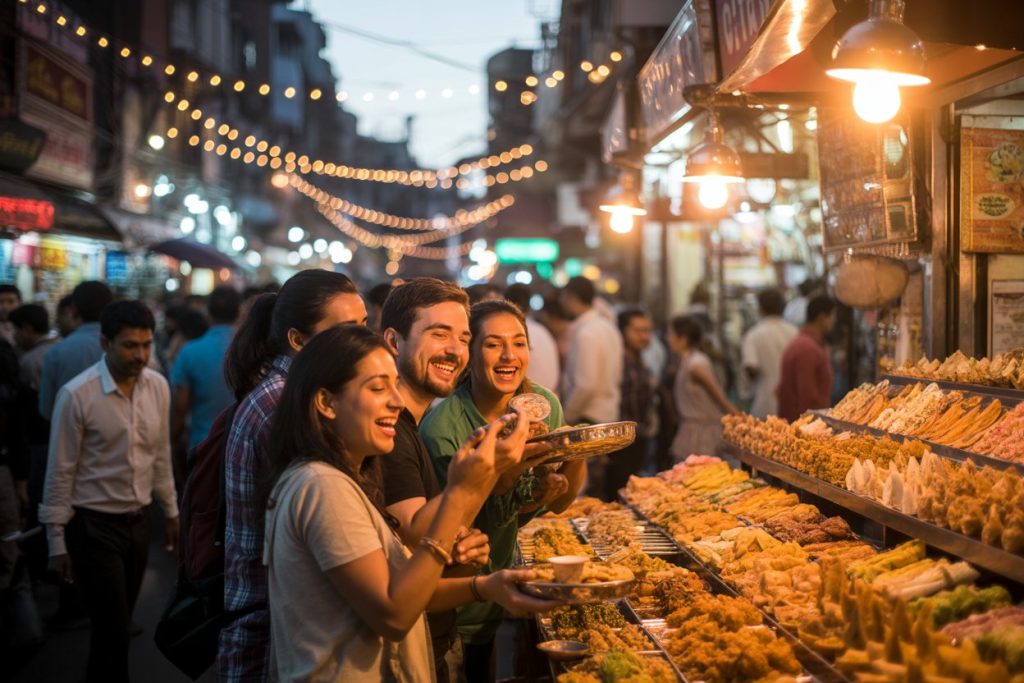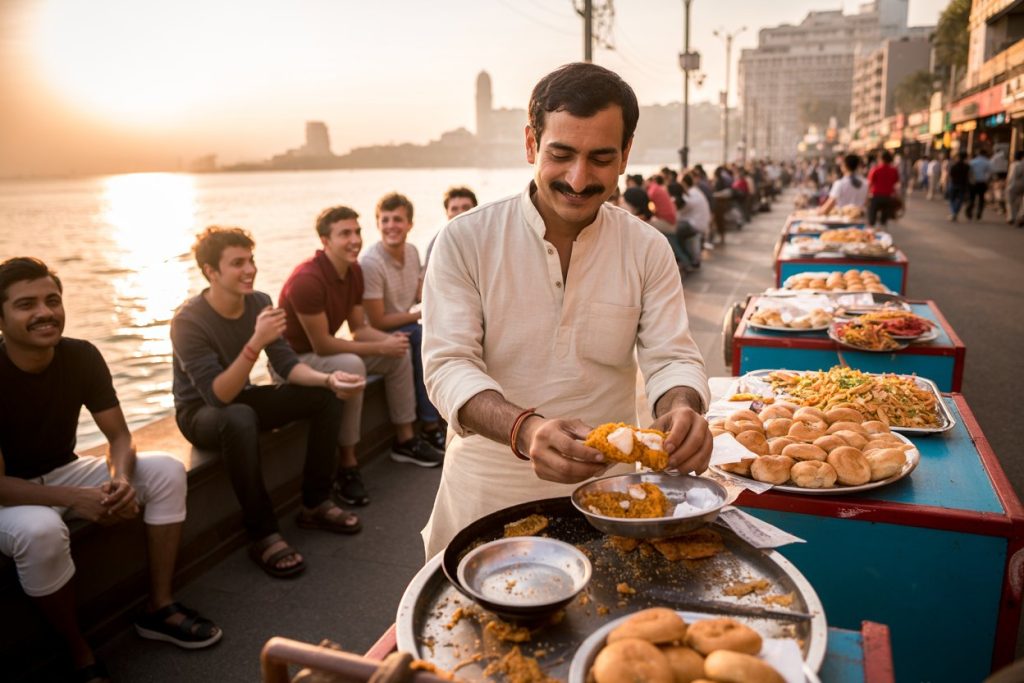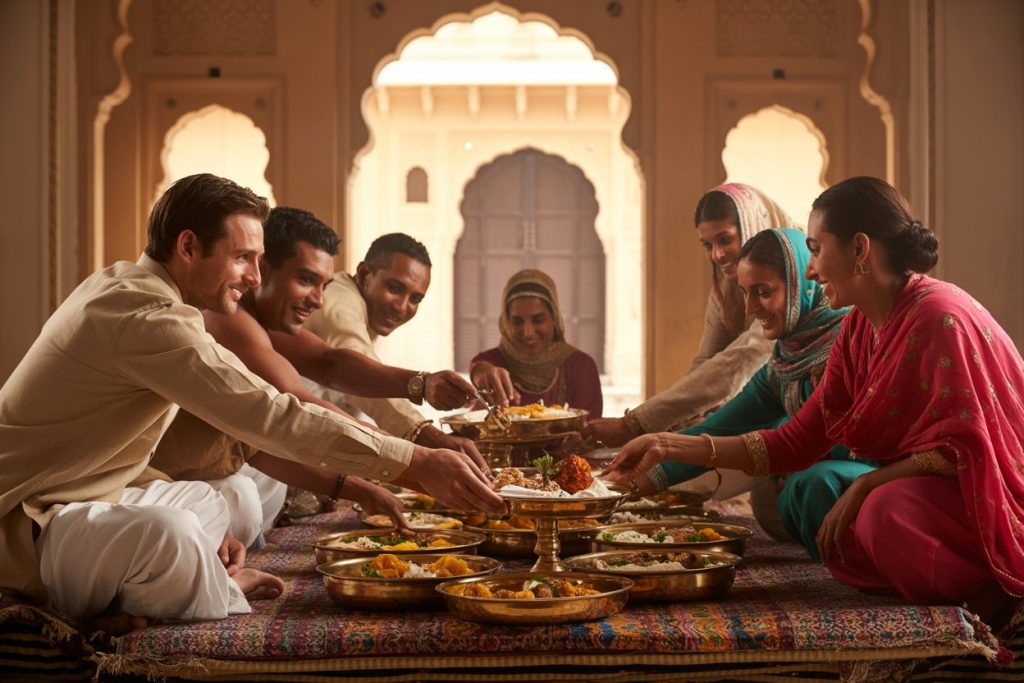
Culinary Trails: Following India’s Food Map Through Travel
India’s culinary landscape is as diverse and colorful as its cultural heritage, with each region offering a unique gastronomic story that reflects centuries of history, tradition, and local ingredients. For food enthusiasts and curious travelers, following India’s food map isn’t just about satisfying hunger – it’s about embarking on a sensory journey that reveals the soul of a nation through its kitchens, markets, and family recipes passed down through generations.
The Regional Flavor Profiles of India
India’s culinary diversity stems from its geographical variety, climate differences, and cultural influences that have shaped regional cuisines over millennia:
- North Indian Delights: From Punjab’s butter-rich gravies and tandoor breads to Kashmir’s aromatic wazwan feasts, Northern cuisine emphasizes dairy, wheat, and robust spices. The Mughal influence is evident in dishes like biryani, kebabs, and rich kormas that define this region’s royal culinary heritage.
- South Indian Treasures: Tamil Nadu’s tangy sambar and crispy dosas, Kerala’s coconut-infused curries, Karnataka’s bisi bele bath, and Andhra Pradesh’s fiery spice blends showcase a cuisine built around rice, lentils, coconut, and curry leaves. The generous use of tamarind and mustard seeds creates the distinctive sour-spicy flavor profile.
- Western Coastal Flavors: Gujarat’s sweet-savory vegetarian thalis, Maharashtra’s street food culture, and Goa’s Portuguese-influenced seafood dishes reflect coastal abundance and trade route influences. The region balances sweet, spicy, and tangy flavors with ingredients like jaggery, kokum, and fresh seafood.
- Eastern Culinary Traditions: Bengal’s fish curries and mishti doi, Odisha’s temple food traditions, and Assam’s bamboo shoot delicacies highlight a cuisine that celebrates subtle flavors, fermented ingredients, and the bounty of rivers and plains.

Must-Visit Culinary Destinations
- Delhi’s Food Capital Status: The capital city serves as India’s culinary melting pot, offering everything from Chandni Chowk’s legendary street food to high-end restaurants serving regional specialties. Don’t miss the paranthas at Paranthe Wali Gali and the kebabs in Old Delhi’s narrow lanes.
- Mumbai’s Street Food Paradise: From vada pav and pav bhaji to bhel puri and dosa, Mumbai’s street food scene is unparalleled. The city’s Gujarati thali restaurants and Parsi cafes add depth to its food culture.
- Kerala’s Spice Coast: Follow the historic spice route through Kochi and Munnar, where black pepper, cardamom, and cinnamon grow in abundance. Experience traditional sadhya meals served on banana leaves and learn about Ayurvedic cooking principles.
- Rajasthan’s Royal Cuisine: Explore the desert state’s ingenious preservation techniques and royal feast traditions. Dal baati churma, laal maas, and ker sangri showcase how Rajasthani cuisine adapted to arid conditions while maintaining rich flavors.
- Punjab’s Hearty Fare: The land of five rivers offers robust cuisine centered around wheat, dairy, and seasonal vegetables. Experience authentic farm-to-table dining in village homestays and learn about traditional tandoor cooking.
Immersive Food Experiences
- Cooking Classes with Local Families: Many regions offer homestay experiences where travelers can learn traditional recipes from local matriarchs, understanding the cultural significance behind each dish and cooking technique.
- Market Tours and Spice Walks: Guided tours through local markets reveal the ingredients that define regional cuisines. Learn to identify different varieties of chilies, understand spice combinations, and discover seasonal produce.
- Food Festivals and Celebrations: Time your visit with regional food festivals like Durga Puja in Bengal, Onam sadhya in Kerala, or harvest festivals across different states to experience food in its cultural context.
- Heritage Restaurant Visits: Dine at century-old establishments that have preserved traditional recipes and cooking methods, often run by the same families for generations.
Planning Your Culinary Journey
- Seasonal Considerations: Plan your food trail according to harvest seasons and festival calendars. Monsoon brings fresh vegetables and fruits, while winter offers the best street food experiences.
- Health and Safety: Start with mild flavors and gradually build spice tolerance. Choose busy, well-reviewed eateries and stay hydrated. Consider probiotics before traveling to help adjust to new flavors and ingredients.
- Cultural Sensitivity: Understand regional dining customs, such as eating with hands in some regions or removing shoes before entering certain establishments.
- Documentation: Keep a food journal or photo diary to remember dishes, restaurants, and recipes you want to recreate at home.
Conclusion
Following India’s food map through travel offers an unparalleled opportunity to understand the country’s cultural complexity and regional pride. Each dish tells a story of geography, history, and human ingenuity, making culinary travel in India a journey of discovery that engages all senses. From the royal kitchens of Rajasthan to the fishing villages of Kerala, India’s culinary trails reveal that food is not just sustenance but a living heritage that connects communities, celebrates diversity, and welcomes travelers into the heart of Indian hospitality. Whether you’re sampling street food in bustling markets or learning family recipes in village kitchens, India’s culinary journey promises memories that will linger long after the last bite.


